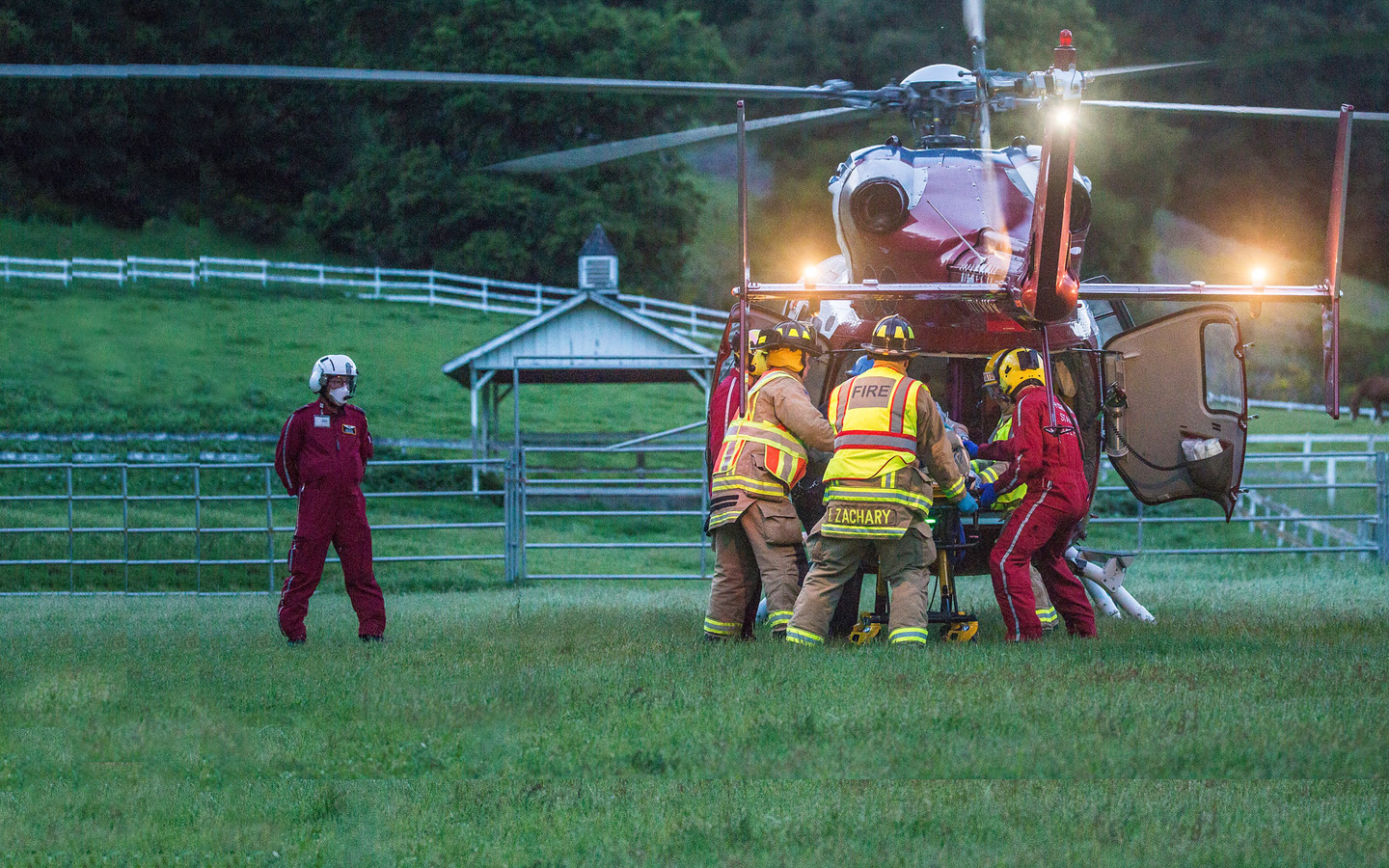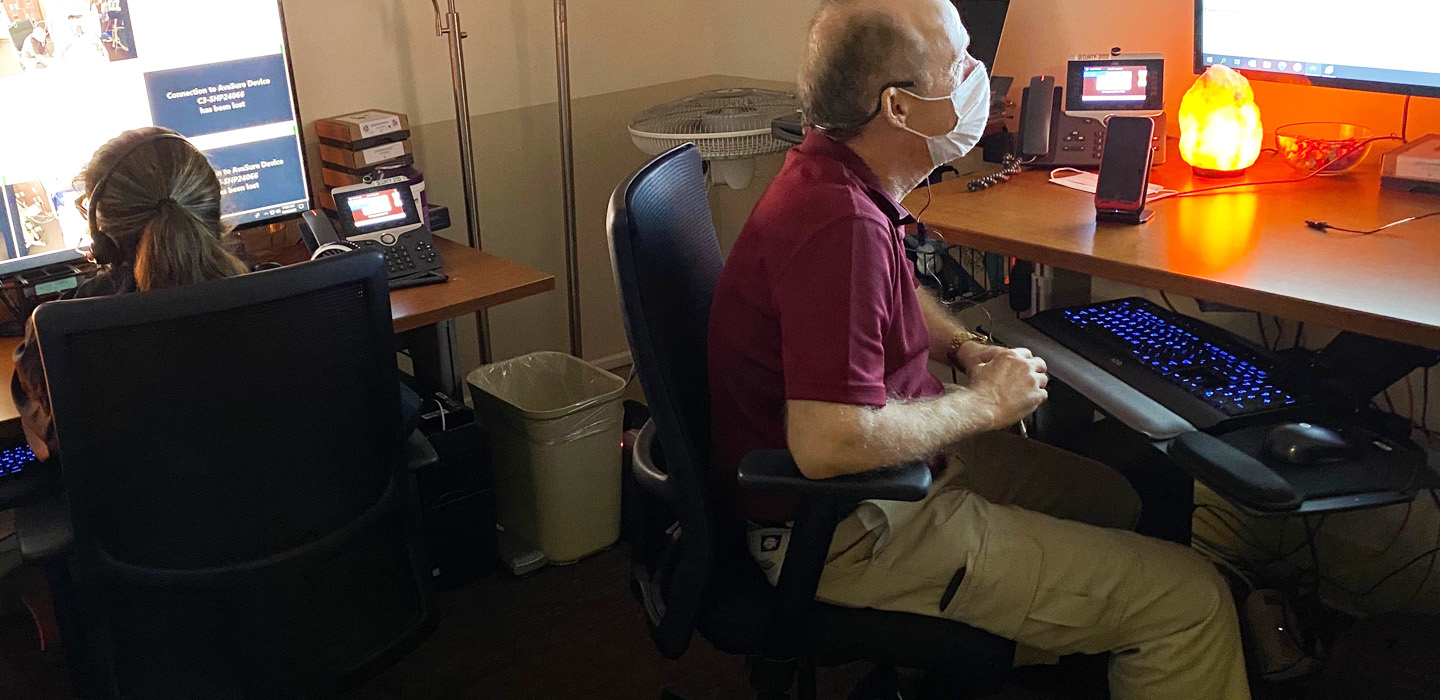Clinical Inpatient Access
A PART OF NURSING DEPARTMENTS

Clinical Inpatient Access (CIA) is the central hub that manage inpatient and observation access and capacity for Stanford Hospital and Clinics.
The mission of these departments is to build a clear scalable process to monitor and adapt to fluctuations in patient demand. This includes management of normal day to day activities all the way to disaster surge planning both internal coordination within our hospital and external coordination with state and national level disaster response.
The department consists of the: Transfer Center, Life Flight, Rooming Administration, Nursing Supervisors, Response Team, Float Pool, Staffing Office, Hospital Operations Center, and Safety Observation Specialists. These areas collectively coordinate and support hospital wide clinical and operational resources maintaining the excellent clinical standards for our patients. This support includes amending clinical staffing deficiencies and responding to emergent and critical patient care demands. Clinical Inpatient Access also oversees external services such as patient transfers to and from our facility for patients from around the world. Clinical Inpatient Access focuses on providing efficient flow and functional throughput for patient care services.
Clinical Inpatient Access Specialty Areas
The Transfer Center facilitates patient access to Stanford services by triaging requests made by physicians wishing to send patients to SHC in Palo Alto and Stanford Health Care Tri-Valley from hospitals around the world. We are staffed with communication specialists and registered nurses.
Premier flight and critical care transport program that provides transport solutions for critically ill and injured patients to hospitals throughout the region. Click here to learn more about LifeFlight.
Team of Critical Care and Acute Care nurses dedicated to providing care to critically ill patients during code/emergent situations, patients receiving Chemotherapy, and clinical support for all patient care units 24/7.
Dedicated float pool nurses, unit secretaries, and nursing assistants created to alleviate staff shortages in Acuity Adaptable and Critical Care Units.
Provide continuous visual monitoring of patients meeting specific criteria using a video monitoring device to ensure safety.
Rooming coordinators support patient access through direct admissions, participate in patient placement activities, and ensure accurate patient placement records.
Keeping patient and staff safety as a priority, the Administrative Nursing Supervisor (ANS) provides 24/7 onsite nursing leadership for all patient care units and provide real time oversight to patient access, placement, and throughput. The ANS have many roles including participation in code team, managing volume surges, and facilitating initial emergency responses.
Through visual tools, predictive analytics, and historical analysis, the Hospital Operations Center provides operational and strategic leaders critical insights into patient access, throughput and capacity management. Collectively, this team provides the tools, context, and supporting evidence to guide planning and response to capacity management and throughput initiatives.
Please visit our careers page for new job opportunities.






